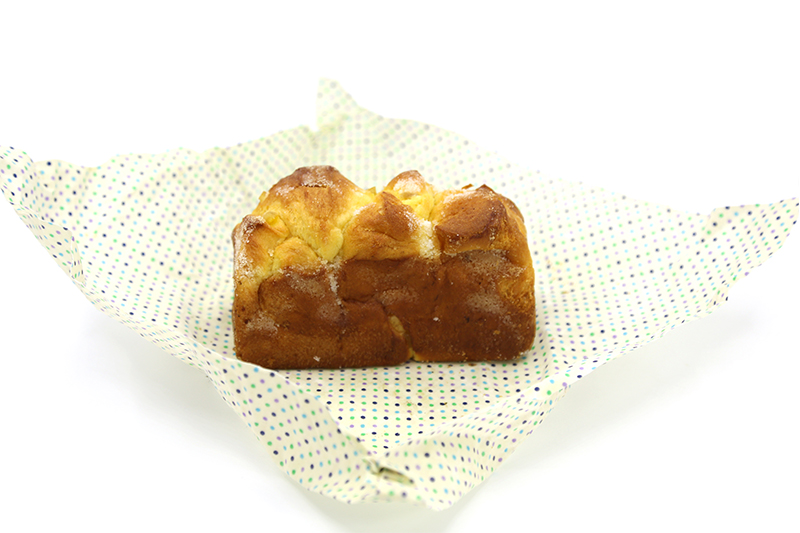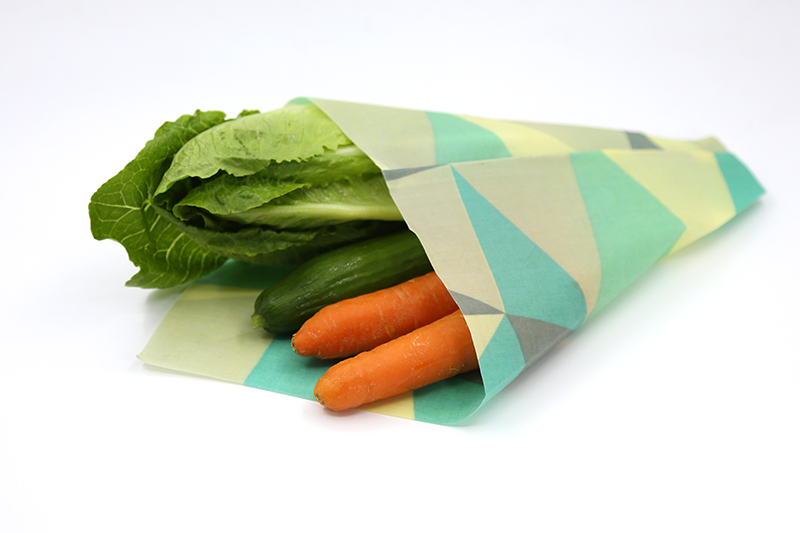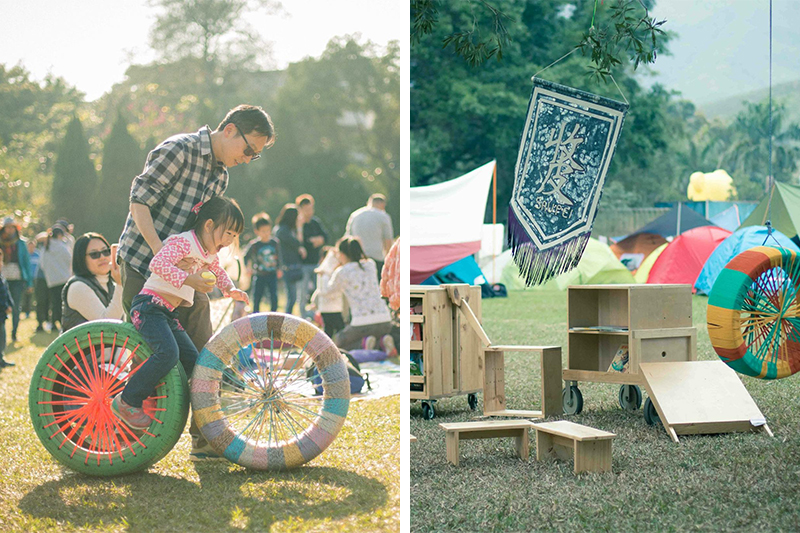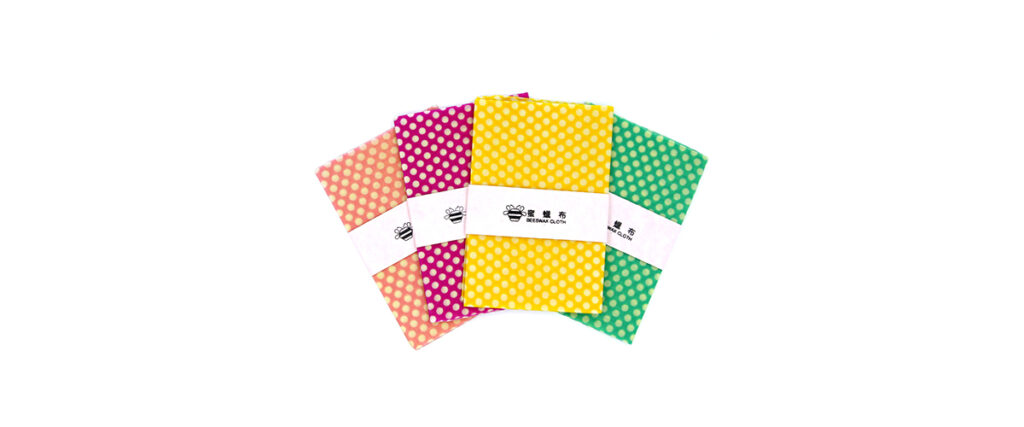Meet Kimi Lam, founder of both 收皮 Sau Pei and Beeswax Cloth. Here, she introduces to us her own upcycling scheme; juice cartons turned wallets and purses.
Locally born and raised Hong Konger Kimi Lam never expected to become such an environmental enthusiast, but after visiting Korea, everything changed. Inspired by how organised and efficient their recycling system was, Kimi decided to tackle Hong Kong’s ever-increasing pollution problem. Bringing what she learnt from the creative industry, four years ago she established 收皮 ‘Sau Pei’ and now, more recently, Beeswax Cloth this year as an upcycling project to demonstrate alternatives to disposing trash. The term 收皮 in Cantonese slang means ‘piss off’, but in this context can mean something that is finished. We talk with her to see how she educates people on sustainability with 收皮 Sau Pei and how we should all be responsible for our own waste.

Five years ago, Kimi had just come back to Hong Kong after a trip to Korea. From there, the graphic design freelancer began working in a restaurant called ‘So Boring’, though the experience was anything but. There, she helped its recycling scheme, quickly noticing the rate at which the restaurant’s drink cartons started piling up. Eventually, she decided to bring the cartons back home to experiment with how people could reuse such items. It didn’t take long for her to shape the cartons into a coin purse. Inspired by what she’d created, 收皮 Sau Pei was born.
It certainly takes a lot of creativity to come up with a solution like this. Despite being limited by the juice carton sizes, Kimi has managed to come up with different ways to reuse them all, from making wallets, pouches and even sling bags. Even more impressive, Kimi is all self-taught. “I’m a very curious person, so I learn how to make a lot of different things”, she reveals. “I use leather-making tools and applied their approach in order to make these items.”

Armed with her resourcefulness and ingenuity, Kimi hopes to educate Hong Kongers that a lot of everyday items can actually be recycled or reused, rather than just being dumped in landfills. In order to achieve this, she runs workshops in both schools and communities, stimulating others to think of more out of the box solutions. Kimi also aspires for 收皮 Sau Pei to keep on developing their upcycling drink cartons because in her eyes she sees them as having multiple ways to add value to society. In the future, Kimi further plans for Beeswax Cloth to collaborate with local brands, though the plans have not been finalised yet. This way, it will be easier for Hong Kongers to get access to reusable food wraps, thus inspiring people to start their own zero waste journey.
Whilst running her upcycling design studio as she calls it, Kimi has noticed a change in the public’s perception regarding environmentalism and sustainability. “Four years ago when I first started, people used to be really confused. They would just put down the juice cartons and leave,” she admits. But now, the situation has reversed. “I’m usually getting young people who come forward to tell me what I’m doing is great.” She smiles, “they really think the concept of upcycling – which is taking something that was meant to be thrown away and giving it a new purpose – is fascinating, which they appreciate.”

In Kimi’s eyes, she reasons that this change came in part due to the media. “The news usually shows environmental problems,” she says. “Like when fish die and are dissected, and it turns out that their stomachs are full of plastic bags.” Or what about National Geographic’s now infamous video of a plastic straw stuck up a sea turtle’s nose? “That clip really affected a lot of people,” Kimi remembers, “So I feel society’s attitude has really changed.”
In a sense, she refers to it as a partial enlightenment but compared to Western countries, Hong Kong and most of Asia lag behind sustainable development. “I really think Hong Kong’s mindset in dealing with waste is the same as other third world countries.” Kimi laughs. “People just throw it away, they don’t take responsibility.” However, with increasing recycling facilities, more people are now choosing to recycle. Take Waste No Mall, a recycling station which makes sure the objects it receives are actually going to be recycled, Kimi says. She views that this as a better option than government recycling bins, as most of its waste goes to landfills instead. “So this makes sure you will not waste the containers your cleaned, the time you spent and the space needed to store it.”
Overall though, Kimi hopes that this trend of environmental awareness and zero waste is something that keeps developing in Hong Kong. “Do your own recycling for your own trash. No one else is responsible for your waste,” Kimi states, emphatically. Regarding advice for those interested in starting the zero waste lifestyle, she says “When you go buy something, think about its long-term consequence. For every piece of trash, think how long it may need to degrade, such as juice cartons. You’re only going to be using it for a few seconds, but it will need 300 years to break down. So the best method is to bring your own bottle and utensils. It’s not much, but if more people do it, the environment will be better off.”
Related Articles
5 Entrepreneurial Tips to Get Your Fashion Business Started
Supermint: Asia’s Sustainable Fashion Marketplace
Christina Dean: The Woman Leading a Global Movement in Fashion Sustainability




